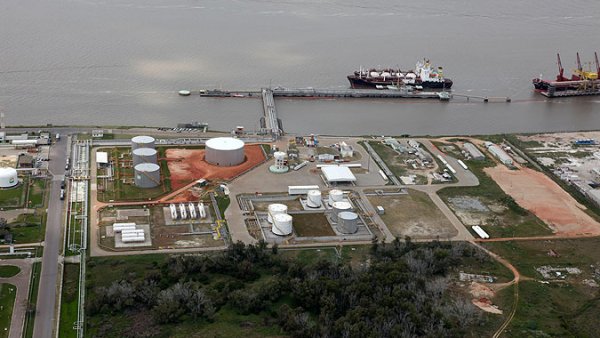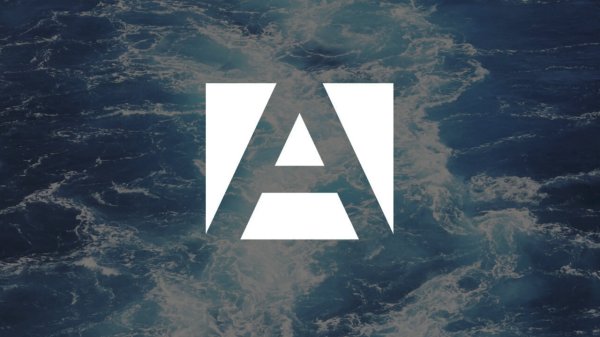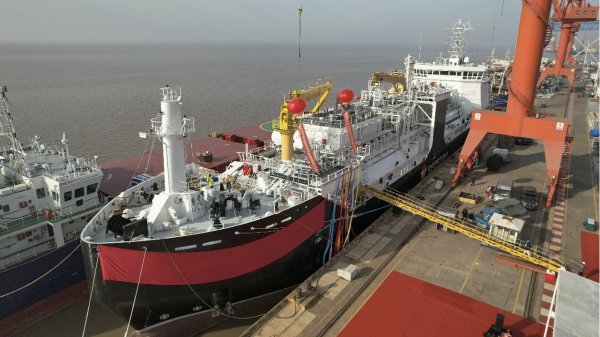Gothenburg completes first LNG bunkering while loading
Milestone delivery follows the port's maiden ship-to-ship supply of LNG at quayside.
The port of Gothenburg witnessed on Friday its first LNG bunkering of a ship whilst loading was taking place.
The milestone delivery - to the Terntank-operated the Tern Ocean - came just a few weeks after the Swedish port recorded its very first ship-to-ship supply of LNG at quayside.
In the interim, meanwhile, five ships bunkered whilst they were at anchor just outside the port. The newly constructed bunker and distribution vessel Coralius is operating in the area, with LNG being supplied by Skangas.
"Even 5-10 years ago the idea of ships running on liquefied natural gas would have almost been regarded as science fiction. Now we have had seven LNG bunkerings here in less than a month. It would be no exaggeration to describe this as a major breakthrough," remarked Dan-Erik Andersson, operations manager at Gothenburg's Energy Port.
The EU Alternative Fuels Infrastructure Directive states that it should be possible to bunker LNG at what are termed Sweden's core ports (Lulea, Gothenburg, Stockholm, Copenhagen/Malmo and Trelleborg) before 2025. Gothenburg has already realised this ambition in full, and is currently the only port to do so.
According to Andersson, this is due to a number of key factors, coupled with effective collaboration between various companies and organisations.
"This development has been driven from different directions. We have shipping companies and energy producers that have had the foresight to invest responsibly in the long term, as well as public agencies that have been compliant with regard to the regulatory framework. The Sulphur Directive introduced in 2015 has spurred us on, and at the Gothenburg Port Authority we have offered incentives in the form of fuel transition discounts and other financial inducements."
As LNG bunkering becomes more commonplace at Gothenburg, with an increase in the number of calls and efficient handling systems and routines, the port says it is continuing to move forward. There are also other bunkering projects on the horizon.
Next year, Swedegas will build a pipeline for LNG at the Energy Port in Gothenburg. The investment will also mark the starting point for the construction, in stages, of a larger facility that will supply both the transport sector and Swedish industry with liquefied gas.
The milestone delivery - to the Terntank-operated the Tern Ocean - came just a few weeks after the Swedish port recorded its very first ship-to-ship supply of LNG at quayside.
In the interim, meanwhile, five ships bunkered whilst they were at anchor just outside the port. The newly constructed bunker and distribution vessel Coralius is operating in the area, with LNG being supplied by Skangas.
"Even 5-10 years ago the idea of ships running on liquefied natural gas would have almost been regarded as science fiction. Now we have had seven LNG bunkerings here in less than a month. It would be no exaggeration to describe this as a major breakthrough," remarked Dan-Erik Andersson, operations manager at Gothenburg's Energy Port.
The EU Alternative Fuels Infrastructure Directive states that it should be possible to bunker LNG at what are termed Sweden's core ports (Lulea, Gothenburg, Stockholm, Copenhagen/Malmo and Trelleborg) before 2025. Gothenburg has already realised this ambition in full, and is currently the only port to do so.
According to Andersson, this is due to a number of key factors, coupled with effective collaboration between various companies and organisations.
"This development has been driven from different directions. We have shipping companies and energy producers that have had the foresight to invest responsibly in the long term, as well as public agencies that have been compliant with regard to the regulatory framework. The Sulphur Directive introduced in 2015 has spurred us on, and at the Gothenburg Port Authority we have offered incentives in the form of fuel transition discounts and other financial inducements."
As LNG bunkering becomes more commonplace at Gothenburg, with an increase in the number of calls and efficient handling systems and routines, the port says it is continuing to move forward. There are also other bunkering projects on the horizon.
Next year, Swedegas will build a pipeline for LNG at the Energy Port in Gothenburg. The investment will also mark the starting point for the construction, in stages, of a larger facility that will supply both the transport sector and Swedish industry with liquefied gas.

|
IMO approves pricing mechanism based on GHG intensity thresholds
Charges to be levied on ships that do not meet yearly GHG fuel intensity reduction targets. |
|
|
|
||

|
VARO Energy expands renewable portfolio with Preem acquisition
All-cash transaction expected to complete in the latter half of 2025. |
|
|
|
||

|
NYK trials biofuel in milestone coal carrier test
Vessel is used to test biofuel for domestic utility company. |
|
|
|
||

|
H-Line Shipping orders LNG bunkering vessel
Vessel with 18,000-cbm capacity to run on both LNG and MDO. |
|
|
|
||

|
How to engineer and manage green shipping fuels | Stanley George, VPS
Effective management strategies and insights for evolving fuel use. |
|
|
|
||

|
Swedish government bans scrubber wastewater discharges
Discharges from open-loop scrubbers to be prohibited in Swedish waters from July 2025. |
|
|
|
||

|
MAN Energy Solutions achieves 100% load milestone for ammonia engine
Latest tests validate fuel injection system throughout the entire load curve. |
|
|
|
||

|
Petrobras secures ISCC EU RED certification for B24 biofuel blend at Rio Grande
Blend consisting of 24% FAME is said to have been rigorously tested to meet international standards. |
|
|
|
||

|
Stolt-Nielsen to fully control Avenir LNG with acquisition
Share purchase agreement to buy all shares from Golar LNG and Aequitas. |
|
|
|
||

|
Bureau Veritas supports launch of CIMC SOE's LNG bunkering vessel
Handover of Seaspan Energy's cutting-edge 7,600-cbm vessel completed. |
|
|
|
||
Related Links
- · Skangas delivers first fuel switch to LNG in open sea [Insights]
- · Coralius performs its first Gothenburg LNG bunker delivery [Insights]
- · MAN Cryo wins contract to build LNG bunkering facility in Gothenburg [Insights]
- · Ships earning green discount up 83% in Gothenburg [Insights]
- · Sweden [Directory]
- · Gothenburg [Directory]

